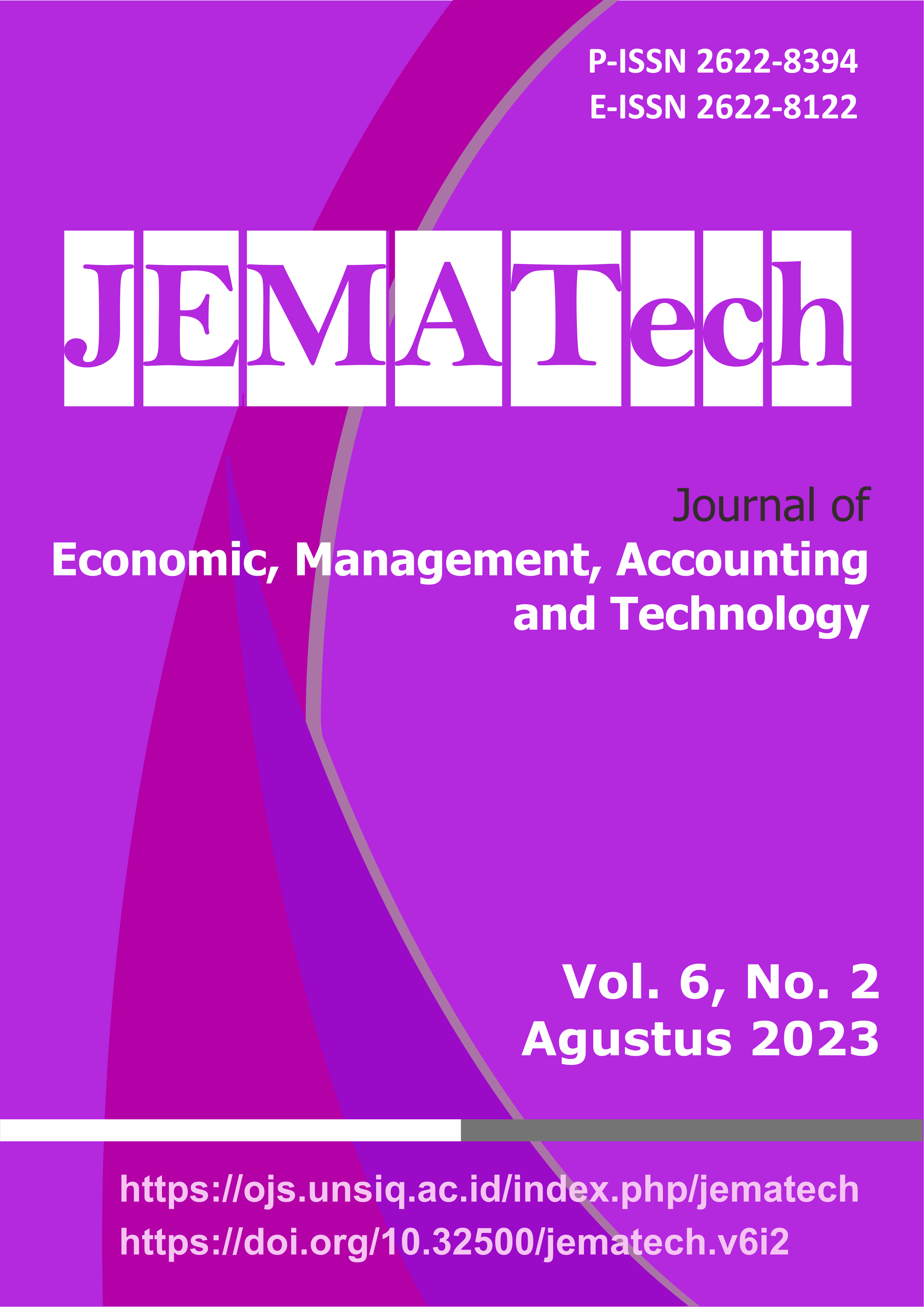Aspek Arsitektur, Kenyamanan Termal dan Ekonomi Rumah Tinggal di Desa Kledung, Temanggung
Abstract
Permasalahan pemanasan global bisa mempengaruhi semau disiplin ilmu. Arsitektur merupakan satu disiplin ilmu yang memadukan keruangan, fisika bangunan dan ekonomi. Permasalahan dalam arsitektur akibat pemanasan global adalah penggunaan peralatan kenyamanan yang menyebabkan pemborosan energi (faktor ekonomi). Tujuan penelitian melihat aspek arsitektur, kenyamanan termal dan ekonomi pada rumah tinggal di Desa Kledung, Temanggung. Metode penelitian menggunakan metode kualitatif yang dilakukan dengan cara melakukan pengamatan dan mendapatkan informasi dari informan. Metode kuantitatif dengan cara pengukuran alat termal menjadi pelengkap dalam penelitian ini. Pengambilan data didokumentasikan dengan foto dan gambar arsitektur. Analisa data dilakukan dengan analisa deskriptif dan mengkaitkan dengan artikel lain. Hasil penelitian memperlihatkan bahwa aspek arsitektur, kenyamanan termal dan ekonomi saling terkait. Ruang arsitektur yang semakin modern akan membutuhkan biaya yang semakin besar dan kepuasan termal yang semakin tinggi.
Downloads
References
Barbosa, F. C., de Freitas, V. P., & Almeida, M. (2020). School building experimental characterization in Mediterranean climate regarding comfort, indoor air quality and energy consumption. Energy and Buildings, 212, 109782. https://doi.org/10.1016/j.enbuild.2020.109782
Chen, T. J. G., Liu, Y. T., Lee, C. Y., Chang, Y. C. W., Cheng, C. P., Lee, M. H., Chan, Y. C., Huang, J. C., & Chao, K. Y. C. (2022). Effects of weather forecasting on indoor comfort and energy savings in office buildings. Building and Environment, 221(April), 109280. https://doi.org/10.1016/j.buildenv.2022.109280
Costa, M. L., Freire, M. R., & Kiperstok, A. (2019). Strategies for thermal comfort in university buildings - The case of the faculty of architecture at the Federal University of Bahia, Brazil. Journal of Environmental Management, 239(February), 114–123. https://doi.org/10.1016/j.jenvman.2019.03.004
Honarvar, S. M. H., Golabchi, M., & Ledari, M. B. (2022). Building circularity as a measure of sustainability in the old and modern architecture: A case study of architecture development in the hot and dry climate. Energy and Buildings, 275, 112469. https://doi.org/10.1016/j.enbuild.2022.112469
Ortiz, J., Casquero-Modrego, N., & Salom, J. (2019). Health and related economic effects of residential energy retrofitting in Spain. Energy Policy, 130(April), 375–388. https://doi.org/10.1016/j.enpol.2019.04.013
Park, J. H. of a passive retrofit shading system on educational building to improve thermal comfort and energy consumption, Yun, B. Y., Chang, S. J., Wi, S., Jeon, J., & Kim, S. (2020). Impact of a passive retrofit shading system on educational building to improve thermal comfort and energy consumption. Energy and Buildings, 216(109930), 1–10. https://doi.org/10.1016/j.enbuild.2020.109930
Rawal, R., Schweiker, M., Kazanci, O. B., Vardhan, V., Jin, Q., & Duanmu, L. (2020). Personal comfort systems: A review on comfort, energy, and economics. Energy and Buildings, 214. https://doi.org/10.1016/j.enbuild.2020.109858
Rawal, R., Shukla, Y., Vardhan, V., Asrani, S., Schweiker, M., de Dear, R., Garg, V., Mathur, J., Prakash, S., Diddi, S., Ranjan, S. V., Siddiqui, A. N., & Somani, G. (2022). Adaptive thermal comfort model based on field studies in five climate zones across India. Building and Environment, 219(February), 109187. https://doi.org/10.1016/j.buildenv.2022.109187
San Miguel-Bellod, J., González-Martínez, P., & Sánchez-Ostiz, A. (2018). The relationship between poverty and indoor temperatures in winter: Determinants of cold homes in social housing contexts from the 40s–80s in Northern Spain. Energy and Buildings, 173, 428–442. https://doi.org/10.1016/j.enbuild.2018.05.022
Satola, D., Wiberg, A. H., Singh, M., Babu, S., James, B., Dixit, M., Sharston, R., Grynberg, Y., & Gustavsen, A. (2022). Comparative review of international approaches to net-zero buildings: Knowledge-sharing initiative to develop design strategies for greenhouse gas emissions reduction. Energy for Sustainable Development, 71, 291–306. https://doi.org/10.1016/j.esd.2022.10.005
Song, M., Mao, N., Zhang, H., & Fan, C. (2020). Model predictive control applied toward the building indoor climate. In Advanced Analytic and Control Techniques for Thermal Systems with Heat Exchangers. Elsevier Inc. https://doi.org/10.1016/b978-0-12-819422-5.00021-9
Waheeb, M. I., & Hemeida, F. A. (2022). Study of natural ventilation and daylight in a multi-storey residential building to address the problems of COVID-19. Energy Reports, 8(May), 863–880. https://doi.org/10.1016/j.egyr.2022.07.078
Wang, R., Lu, S., & Feng, W. (2020). A three-stage optimization methodology for envelope design of passive house considering energy demand, thermal comfort and cost. Energy, 192, 116723. https://doi.org/10.1016/j.energy.2019.116723
Zhang, M., Bae, W., & Kim, J. (2019). The effects of the layouts of vegetation and wind flow in an apartment housing complex to mitigate outdoor microclimate air temperature. Sustainability (Switzerland), 11(11). https://doi.org/10.3390/su11113081














